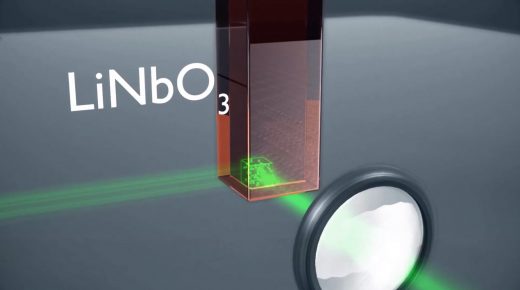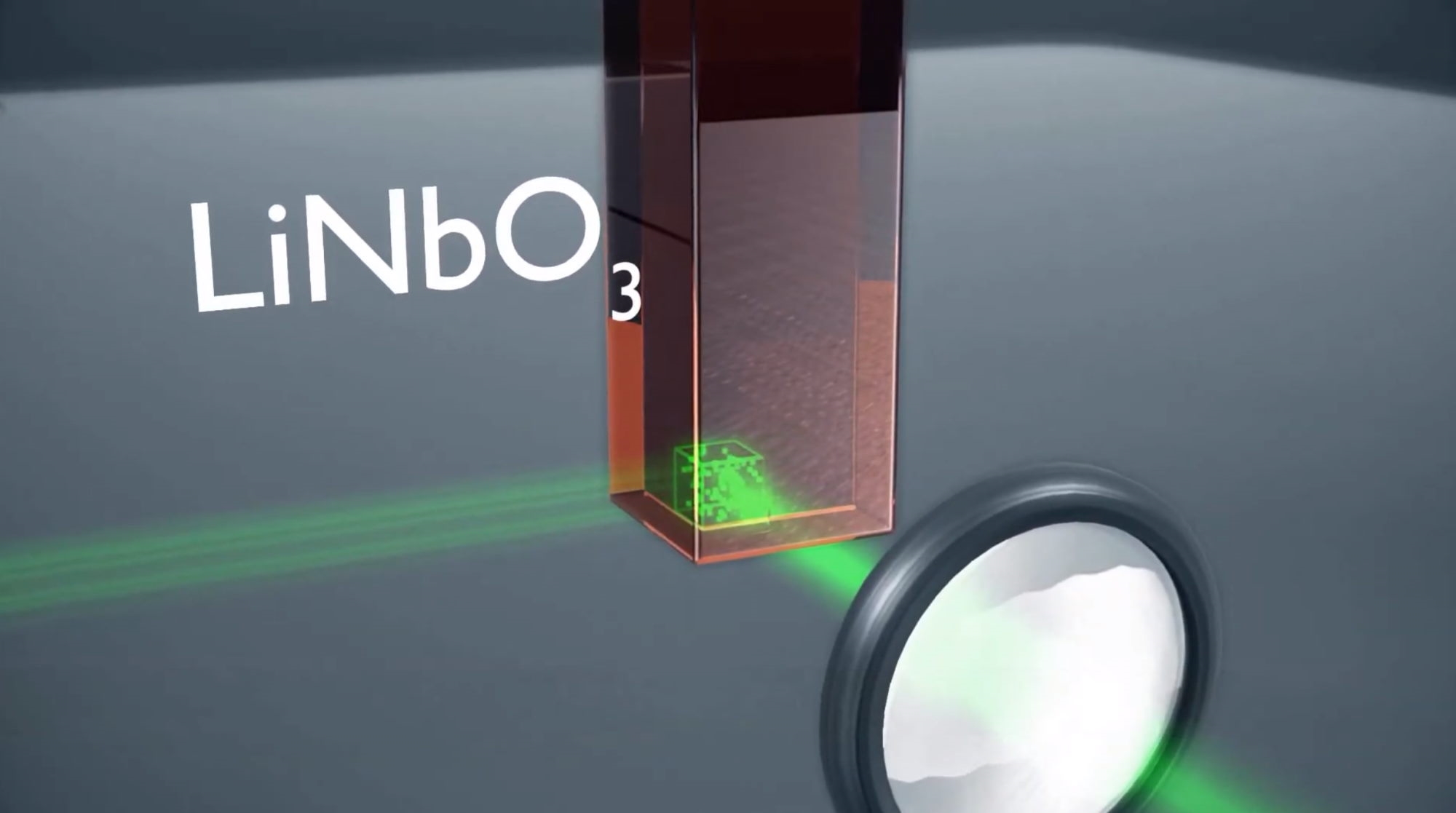Microsoft’s Project HSD is all about holographic storage for the cloud
Microsoft is looking beyond flash storage and hard drives to handle the seemingly unstoppable demand for cloud storage. (October 04, 2020) at its Ignite conference, the company announced Project HSD (via ZDNet), a new research initiative that’s exploring how holographic storage could eventually be used for the cloud. And while it may sound far-fetched, the notion of holographic storage has been around since the 1960’s. But now, Microsoft thinks it may be possible to use the medium effectively thanks to the rise of smartphone cameras.
As the video above explains, holographic storage works by writing and reading data from an optical crystal. Since it’s a three-dimensional storage medium, it allows you to store a large variety of data sets within one crystal. Afterwards, it can be wiped clean with UV light and reused. Technically, this is a better solution than flash storage, which has limited read and write capabilities, and hard drives which are prone to mechanical failure.
You can think of Project HSD as a potential solution for “warm storage,” where data needs to written and read repeatedly. Last year, Microsoft also showed off Project Silica as a solution for archival “cold storage,” where data is written once and only meant to be rarely accessed. To show off the capabilities of that tech, the company archived the film Superman on a glass square, something that should be far more reliable than physical film, or an archival copy stored at a typical data center.
While Project HSD is still just a research project, it has the potential to finally make holographic storage a reality. And that’ll certainly be useful over the next few decades as the demand for cloud storage will only grow exponentially.
The downside, though, is that holographic storage traditionally requires complex optics to accomplish things like one-to-one pixel matching from the crystal to the camera that reads it. But things are different now. “Today, we can leverage commodity high-resolution cameras and modern deep learning techniques to shift the complexity into the digital domain,” Microsoft researchers explain. “This lets us use simpler, cheaper optics without pixel matching and compensate for the resulting optical distortions with commodity hardware and software.”
(25)




